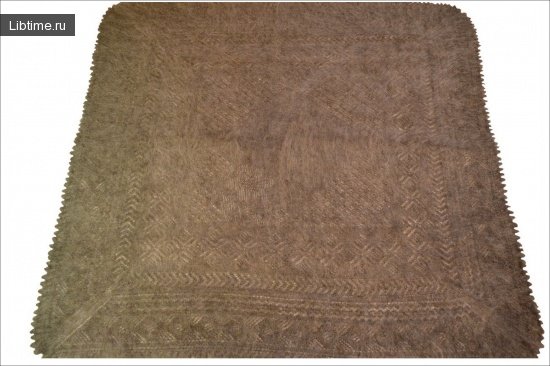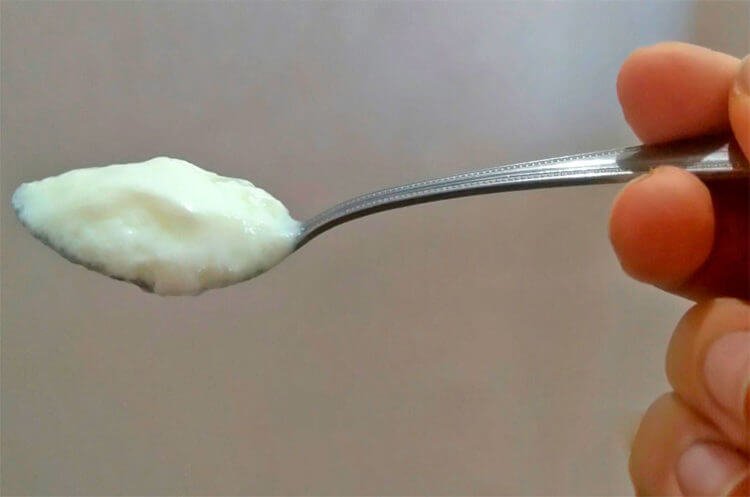Electric motor
Motor - a device designed to drive the working bodies of a machine.
Electric motor - a device consisting of an electric motor, its control and protection equipment, and a transmission mechanism from the motor to the working bodies of the machine.
Electric motor as a component of the electric drive
Depending on the number of machines to be serviced and the degree of mechanical transmission, there are group, single and multi-motor types of electric drives. Nowadays, group drives are practically not used.
The most common is the single-motor drive, in which one electric motor drives one working machine (separator, pump). In a multi-motor drive, each of several working bodies of the machine is driven by a separate electric motor, for example, in an oil separator, each of the three drums is driven by its own motor.
The electric drive converts electrical energy into mechanical energy and provides electrical control of the converted energy. In regulating electric drives, the parameters of which change under the influence of a control device, a converter device converts alternating current into direct current or into alternating current, but of a different frequency. The main types of technological equipment in the meat and dairy industry have the following electric drive designs:
- direct connection of the motor shaft to the working bodies of the machine (centrifugal and rotary pumps); their rotation speeds are the same;
- connection by means of belt, chain, gear transmissions, gearboxes, speed variators; in these cases, the rotation speed of the machine's working body changes compared to the engine's rotation speed;
- the use of multi-speed (often three- and four-speed) motors (cheese-making baths);
- the use of multi-frequency motors operating on high-frequency current (drive of a disk in spray dryers).
An electric motor serves as the moving body of the electric drive. The following electric motors are used in the meat and dairy industries:
- DC motors with constant or regulated voltage; they can change the shaft speed within a fairly large range;
- three-phase AC motors - synchronous and asynchronous; the former operate at a constant (unregulated) shaft speed regardless of the load; asynchronous motors are widely used in industry to drive technological equipment, they are not complicated in design, they are connected to the network directly, without converters;
- single-phase asynchronous motors: they have low power, are used mainly in small centrifuges, in household equipment.
Similar information: Hydraulic drive.


